PRK (Photorefractive Keratectomy): Reshaping the Cornea for Clearer Vision
Treatment Familiarity:
PRK (photorefractive keratectomy) is a type of laser eye surgery used to correct refractive errors like nearsightedness (myopia), farsightedness (hyperopia), and astigmatism. Similar to LASIK, it utilizes a laser to reshape the cornea, the clear dome at the front of the eye, to improve your ability to focus light and achieve clearer vision. However, PRK takes a different approach compared to LASIK.
Procedure Breakdown:
PRK is typically performed on an outpatient basis:
- Anesthesia: Numbing eye drops are used to anesthetize the eye.
- Epithelial Removal: Unlike LASIK, PRK doesn’t create a corneal flap. The surgeon gently removes the epithelium, the outermost layer of the cornea, using a brush, blade, alcohol solution, or laser.
- Laser Ablation: An excimer laser precisely reshapes the underlying corneal tissue based on pre-measured corneal topography to correct the refractive error.
- Bandage Contact Lens: A protective bandage contact lens is placed over the cornea to promote healing and reduce discomfort.
- Epithelial Growth: The removed epithelial layer naturally grows back over the cornea within a few days.
Suitable Candidates:
PRK may be a good option for individuals with:
- Stable Vision Prescription: Similar to LASIK, your eyeglass prescription should be stable for at least a year.
- Mild to Moderate Refractive Errors: PRK is effective for correcting mild to moderate degrees of nearsightedness, farsightedness, and astigmatism.
- Corneas Unsuitable for LASIK: Individuals with thin corneas or certain corneal irregularities may not be suitable for LASIK, making PRK a viable alternative.
- Active Lifestyle: PRK might be preferable for people in high-contact sports or occupations where a corneal flap (created in LASIK) could be at risk of displacement.
Who Might Not Be a Candidate?
PRK is not suitable for everyone. It’s generally not recommended for:
- People with Dry Eyes: PRK can worsen pre-existing dry eye symptoms.
- Pregnant or Nursing Women: Hormonal changes can affect vision stability.
- Patients with Certain Medical Conditions: Autoimmune diseases or uncontrolled chronic conditions may increase surgical risks.
- Individuals with Active Eye Infections: Infections need to be resolved before PRK can be considered.
Advantages of PRK:
- Effective Refractive Correction: PRK can achieve excellent vision correction results for suitable candidates.
- Strong Corneal Structure: The absence of a corneal flap (like in LASIK) may result in a stronger and more stable corneal structure.
- Suitable for Active Individuals: Reduced risk of flap complications compared to LASIK for those in high-impact activities.
Potential Complications:
- Slower Recovery: Epithelial healing after PRK takes longer than LASIK recovery, and discomfort may be more pronounced in the first few days.
- Haze Formation: Temporary cloudiness in the cornea can occur in some cases, but usually resolves with medication or additional procedures.
- Dry Eyes: Temporary or chronic dry eye symptoms can develop after PRK.
- Undercorrection or Overcorrection: There’s a slight chance that the laser treatment may not fully correct the refractive error, requiring an enhancement procedure.
- Infection: Although rare, infection is a serious complication requiring prompt antibiotic treatment.
Preoperative Care:
- Comprehensive eye exam to assess your corneal health, measure your refractive error, and determine your candidacy for PRK.
- Detailed discussion of risks and benefits of PRK with your ophthalmologist.
- Mapping of the corneal surface (topography) to guide the laser treatment.
- Stopping certain medications that may affect corneal healing (consult your ophthalmologist).
Postoperative Care:
- Eye drops or ointment to prevent infection and inflammation.
- Wearing a bandage contact lens for a few days to protect the healing epithelium.
- Avoiding strenuous activity or rubbing your eyes for a certain period.
- Pain medication may be prescribed for initial discomfort.
- Regular follow-up appointments with your ophthalmologist to monitor healing, vision improvement, and address any concerns.
Choosing Between PRK and LASIK:
The decision between PRK and LASIK depends on your individual circumstances and corneal anatomy. Your ophthalmologist will discuss the pros and cons of each procedure and recommend the most suitable option for you.
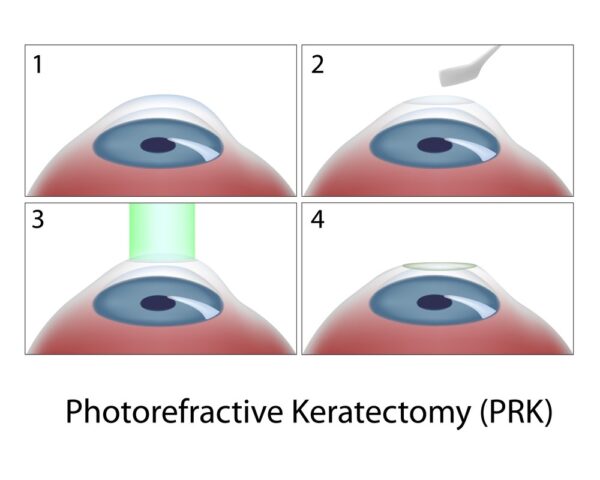

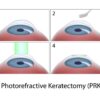
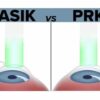
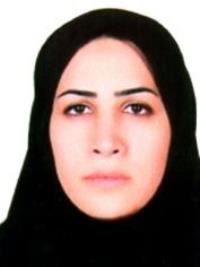


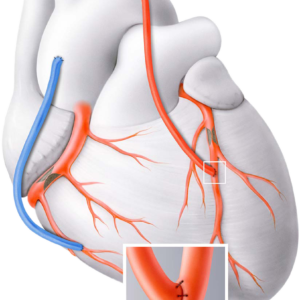
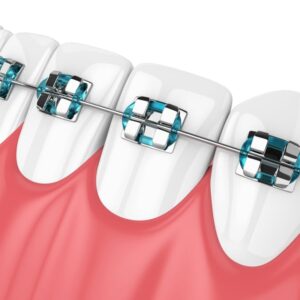
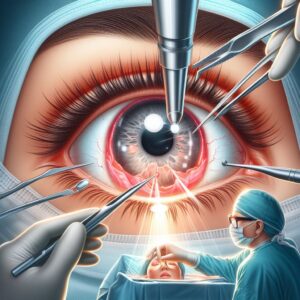
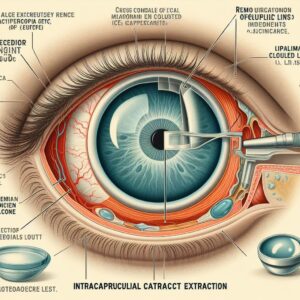
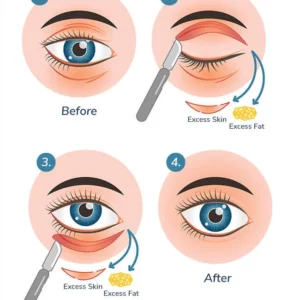
Reviews
There are no reviews yet.